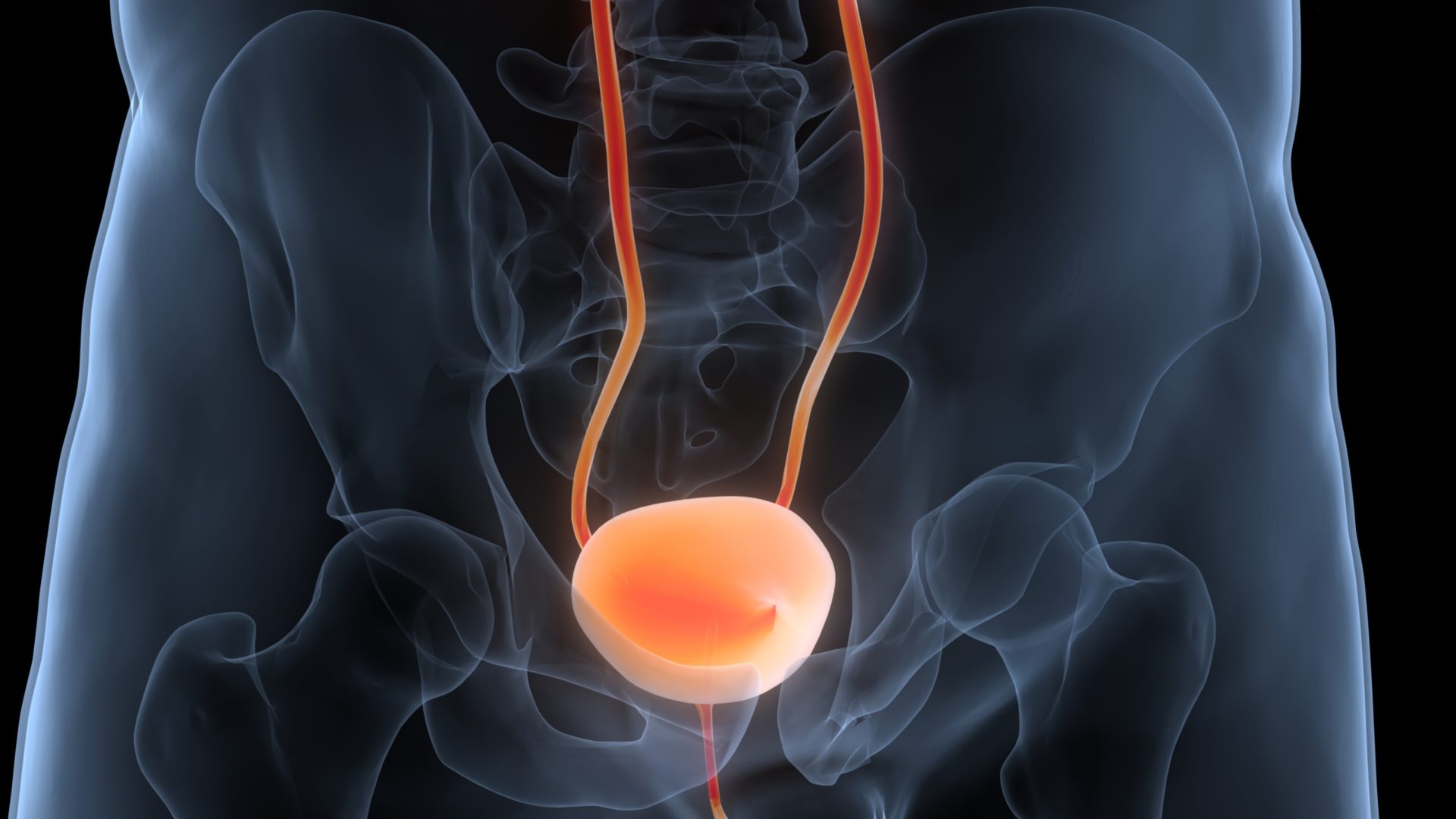A study compared the perioperative, safety, and survival outcomes of robot-assisted radical cystectomy (RARC) with intracorporeal urinary diversion (ICUD) to those of open radical cystectomy (ORC), concluding that RARC was advantaged. The results appeared in JAMA Network Open.
This nationwide population-based cohort study consisted of 889 patients who underwent RARC and 2,280 patients who underwent ORC at 24 Swedish hospitals between January 2011 and December 2018. The key endpoints of interest were all-cause and cancer-specific mortality between RARC and ORC, evaluated using propensity score matching. Secondary outcomes were defined as differences in perioperative outcomes after the different surgical approaches. Follow-up data were collected until December 2019. Data analysis was conducted from June to December 2020.
The results showed that RARC was associated with a lower all-cause mortality (hazard ratio, 0.71; 95% CI, 0.56–0.89; P =.004), compared with ORC. Additionally, the researchers observed that RARC was associated with a lower estimated blood loss (median [IQR] 150 [100–300] mL vs 700 [400–1300] mL; P <.001), intraoperative transfusion rate (odds ratio [OR], 0.05; 95% CI, 0.03–0.08; P <.001), and shorter length of stay (median [IQR], 9 [6–13] days vs 13 [10–17] days; P <.001), as well as with a higher lymph node yield (median [IQR], 20 [15–27] lymph nodes vs 14 [8-24] lymph nodes; P <.001) and 90-day rehospitalization rate (OR, 1.28; 95% CI, 1.02–1.60; P =.03).
The investigators concluded that their findings “suggest that compared with ORC, RARC with ICUD was associated with a lower overall mortality rate, fewer high-grade complications, and more favorable perioperative outcomes.”
Keywords: Open radical cystectomy (ORC), Robot-assisted radical cystectomy (RARC), Intracorporeal urinary diversion (ICUD)
Link: https://jamanetwork.com/journals/jamanetworkopen/fullarticle/2791602









